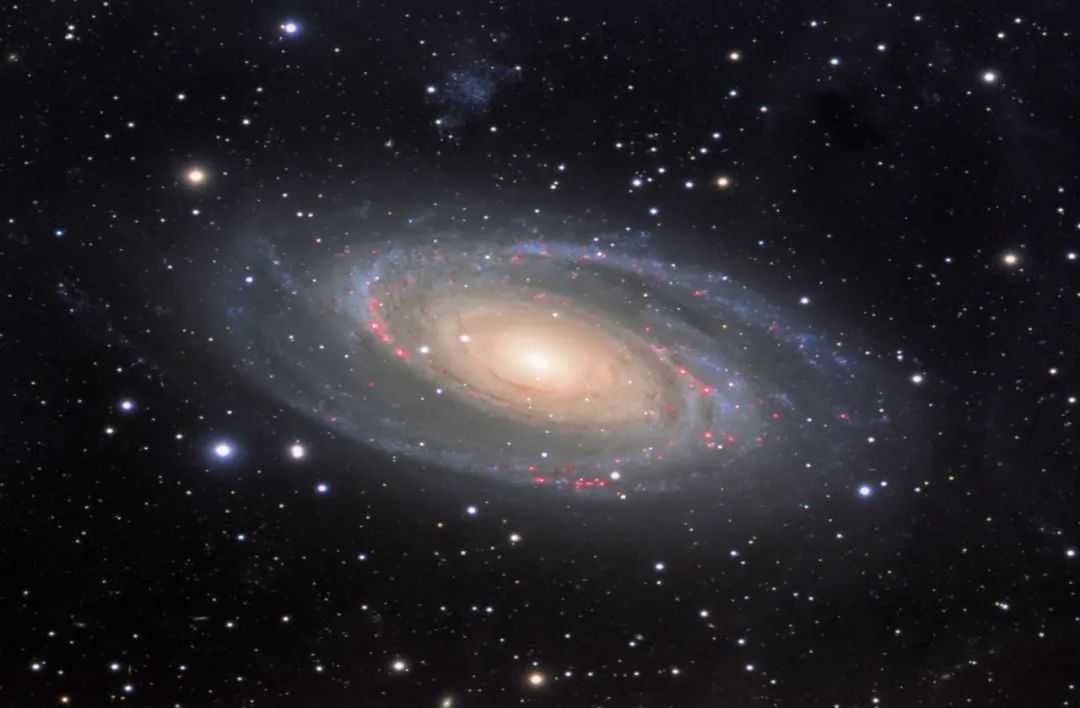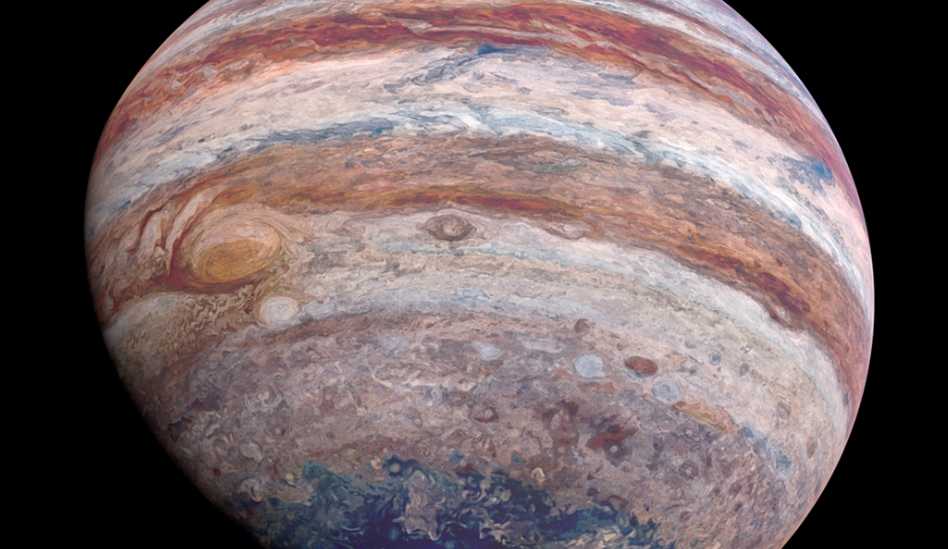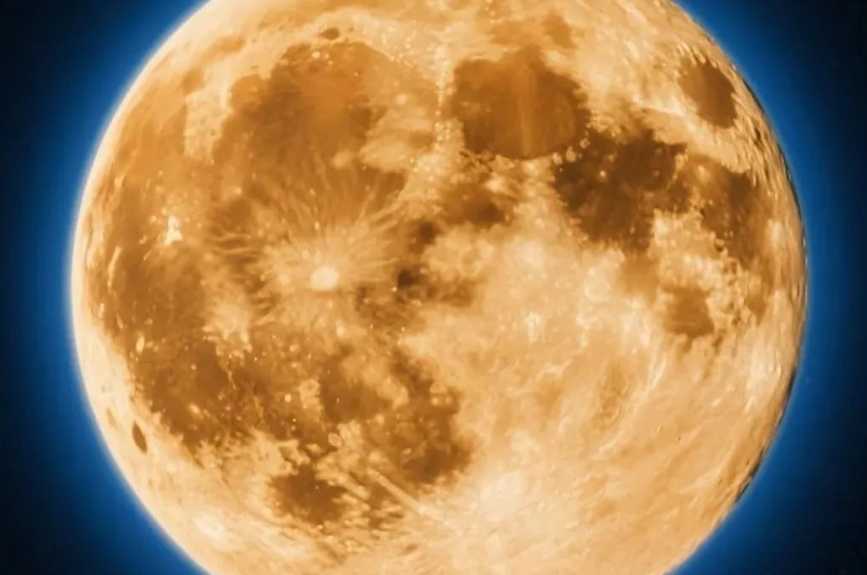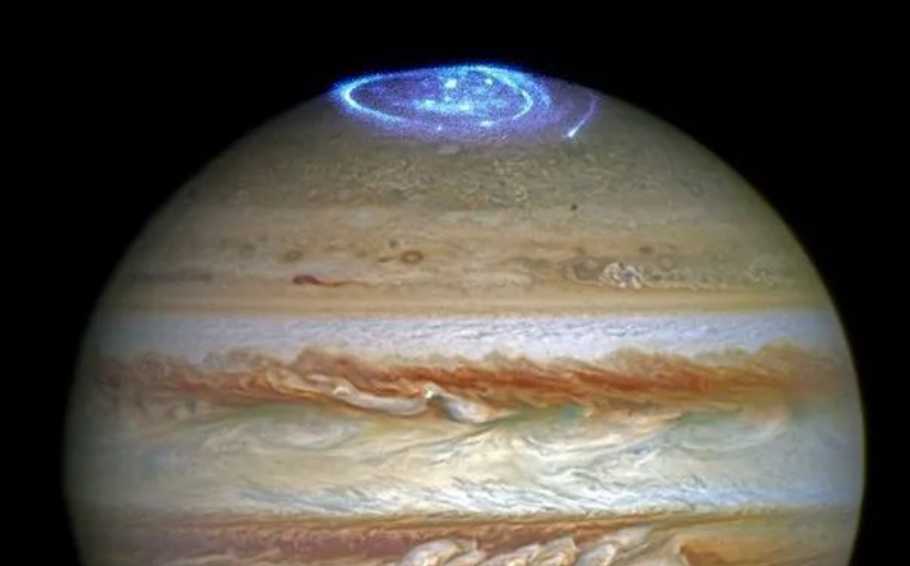Earth: The Blue Planet's Complexity and Fragility
Earth, the third planet from the Sun, is a dynamic celestial body uniquely adapted to sustain life, with its intricate ecosystems, diverse geography, and breathable atmosphere. Spanning approximately 12,742 kilometers in diameter, this "blue planet" is characterized by vast oceans that cover 71% of its surface, interspersed with continents, islands, and dynamic geological features that shape its ever-changing landscape.




